While testing a few different drum mute packs from different manufacturers I quickly realized just how similar they can be. There wasn’t much of a difference in how well they performed, but there were a couple notable differences in other areas.
Which Drum Mutes Have I Tried?
The drum mutes I’ve tested so far are the packs from Vic Firth, Ahead, SPL and Eastrock. The first three were extremely similar. Eastrock was the outlier in terms of quality and approach, probably because it was more of a budget mute pack and about half the cost of the others.
I got kind of bored testing these because I didn’t find any major differences between them. There wasn’t as much variation in the drum mute category as there is between the low volume cymbals, practice pads and electronic drum kits I’ve been trying lately.
How Drum Mutes Packs are Similar
Let’s cover the similarities first. In general, it seemed like all the drum mute packs I tried performed about the same in terms of how well they mute the sound.
The mutes that lay on top of the snare, toms and cymbals didn’t really seem much different at all in terms of how much they changed the sound or how well they worked. They all deadened the sound of the drums and knocked out the projection and ring-out on the cymbals in the same way.
The bass drum mutes from Vic Firth, Ahead and SPL were also pretty similar in approach and how well they muted the sound. Each of those mute packs had a large foam pad that sits on the bass drum head which lowers the amount of resonance from the batter head and the attack from the bass drum beater.
The Differences Between the Drum Mute Packs
While there wasn’t much of a difference in sound level reduction between the drum mute packs, there still were some differences in other areas. The differences had more to do with quality of construction, the combination of mutes in the pack, and the implementation of the bass drum mute.
Mute Pack Combinations
One difference between the mutes if you are buying the packs is the combination of mutes in the pack. Even though I didn’t like the Eastrock mutes as much as the others, they included more cymbal mutes which I thought was great. The Vic Firth, SPL and Ahead mute packs felt like they could have included at least one more cymbal mute. Depending on how many drums or cymbals you have in your setup you might need to buy some extra mutes on top of the mutes that are included in the pack to cover your whole kit.
The Drum and Cymbal Mutes
The drum and cymbal mutes from Vic Firth, SPL and Ahead seemed very similar in terms of quality level and construction. The were one-piece, soft rubber pads that had decent grip on the bottom side to keep from sliding around. They all seemed like they’d hold up about the same in terms of durability.
The Eastrock mutes were different in construction though, which I kind of expected since they were so much cheaper. The Eastrock pads had construction similar to what you’d find on a mouse pad – a rubber layer on the bottom with somewhat of a softer cloth layer on the top surface. The cloth surface seemed like it would wear out more quickly and start to fray on the edges if used quite a bit.
The Bass Drum Mute Differences
The bass drum mutes are the area where I found the most differences. The differences were mostly in terms of how the mute attaches to the drum, but the Eastrock bass drum mute was a complete outlier.
The Ahead and SPL bass drum mutes were big, round foam pieces that laid up against the bass drum batter head and then used a couple of straps that hooked onto the bass drum hoop to keep the pad in place. The Vic Firth was also a large round foam piece that laid up against the batter head, but it was secured by a single piece of adhesive at the top to keep it in place.
I actually preferred the Vic Firth approach since it was more simple to attach and remove with it’s single Velcro and adhesive attachment point.
All of those bass drum mutes were thin enough that they didn’t really restrict the bass drum beater swing in any significant way.
And now we get to the Eastrock bass drum mute. All I have to say about that one is “what were they thinking?” The Eastrock bass drum mute was terrible, and I couldn’t find any redeeming qualities in that thing. It was a thick block of wood with a thick block of hard foam layered on top of it and it attached with adhesive to the center of the bass drum batter head. The mute was so thick that it greatly reduced the amount of swing on the bass drum beater. And even with all that thickness it performed the worst of all the bass drum mutes. There’s plenty of DIY bass drum mute techniques that would work much better than that one.
What My Testing Told Me
So what did I learn about these drum mute packs after testing them? The big takeaway that I had was that as long as you’re sticking with a more reputable brand there’s not really a huge difference between them all in terms of performance and how well they mute the sound. They all will mute drums and cymbals just fine and with about the same level of sound reduction.
The differences are more in the way the bass drum mute attaches to the drum and combination of mutes that you’ll get in a mute pack.
So there’s not really a huge need to spend a lot of time shopping around to find the right pack. As long as you find a mute pack that is sized correctly for your drums from a brand that you trust it will probably work just fine. The main thing to avoid is the sketchy looking super cheap mute packs since you might run into something like I did with the bass drum mute on the Eastrock mute pack.
Check out our in depth drum mute reviews for more about the individual drum mute packs.

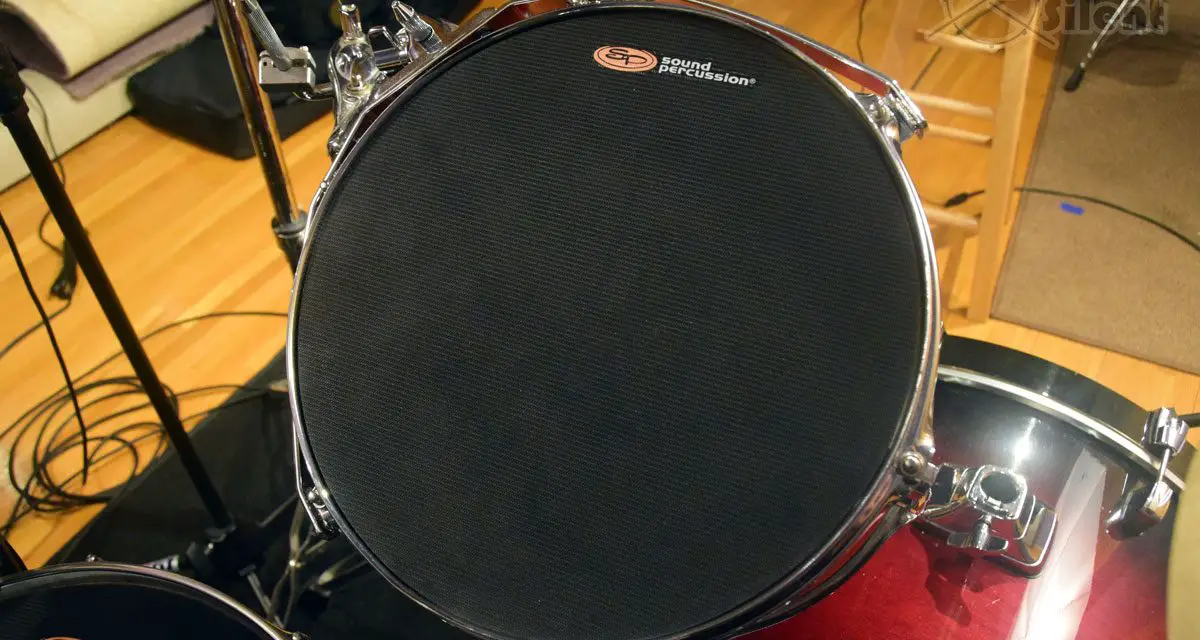
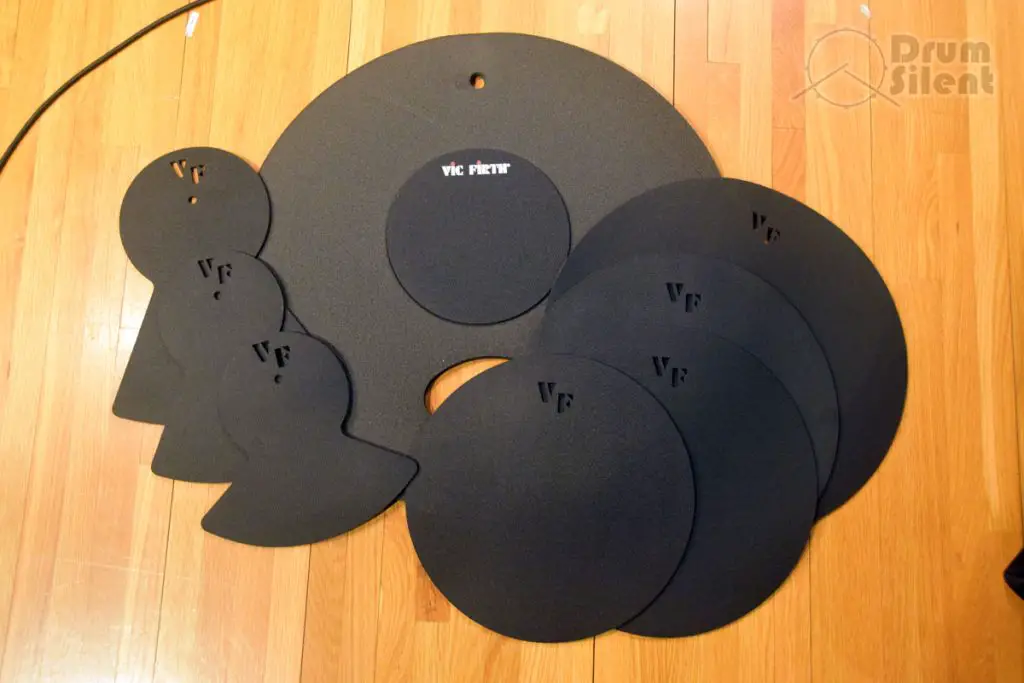
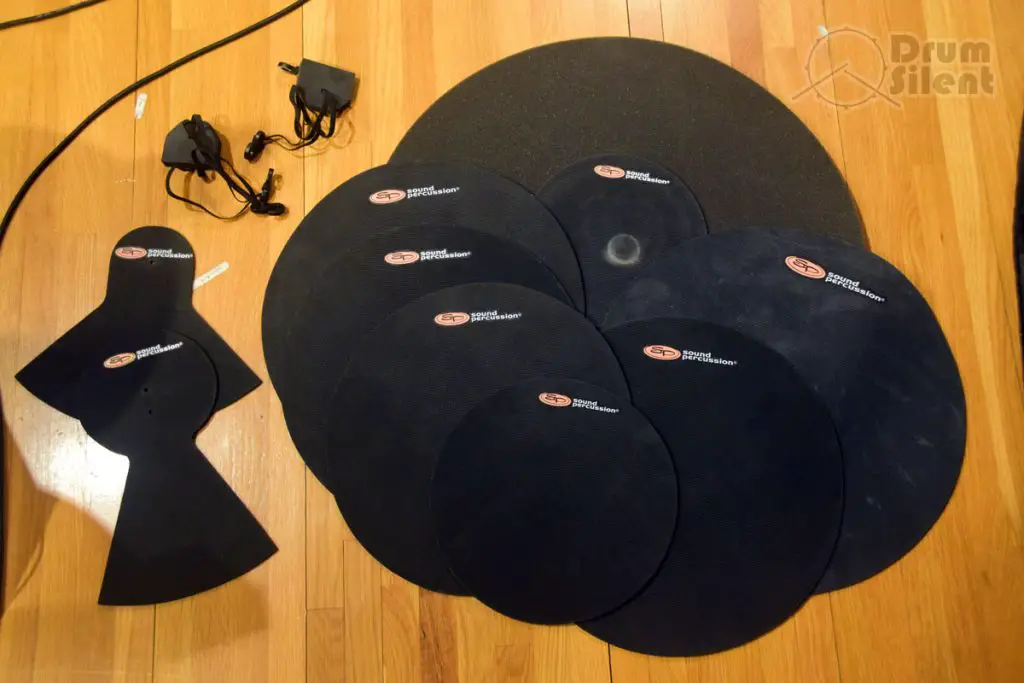
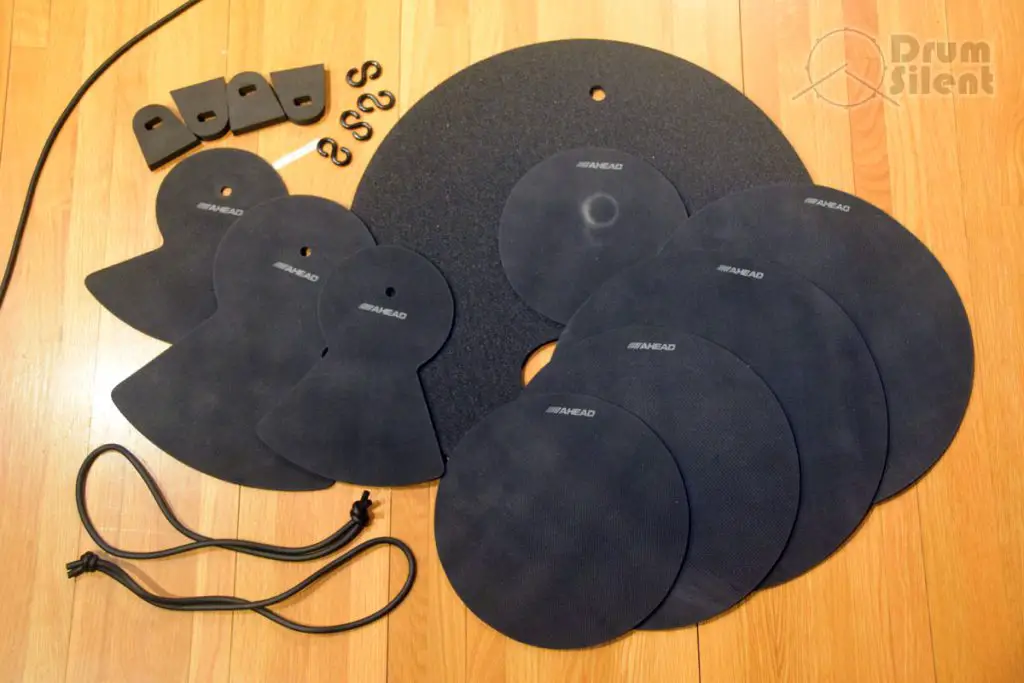
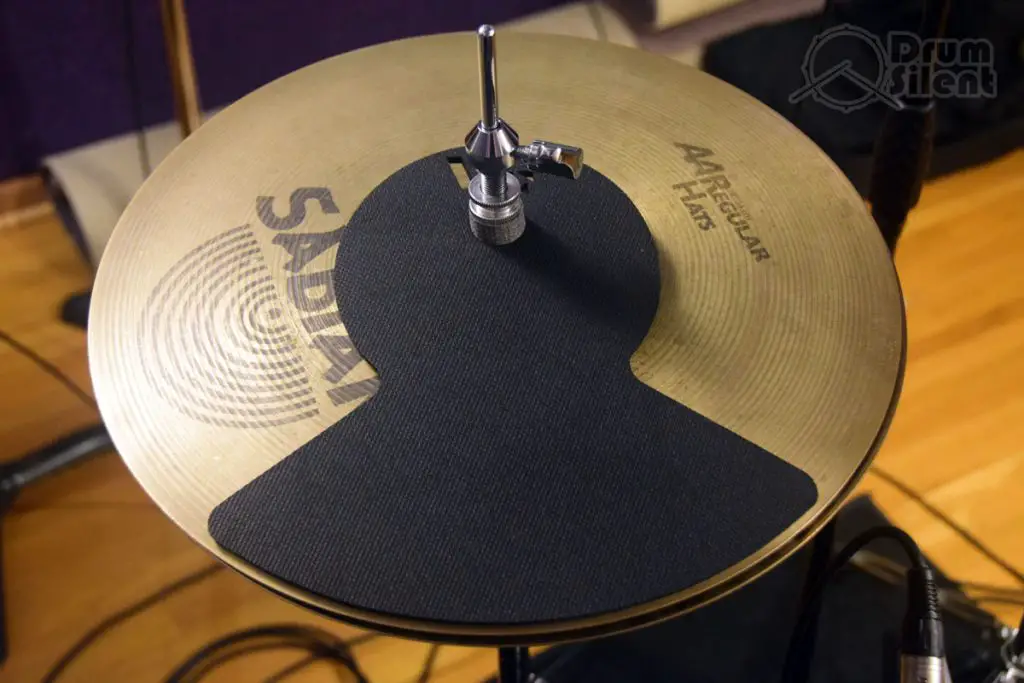
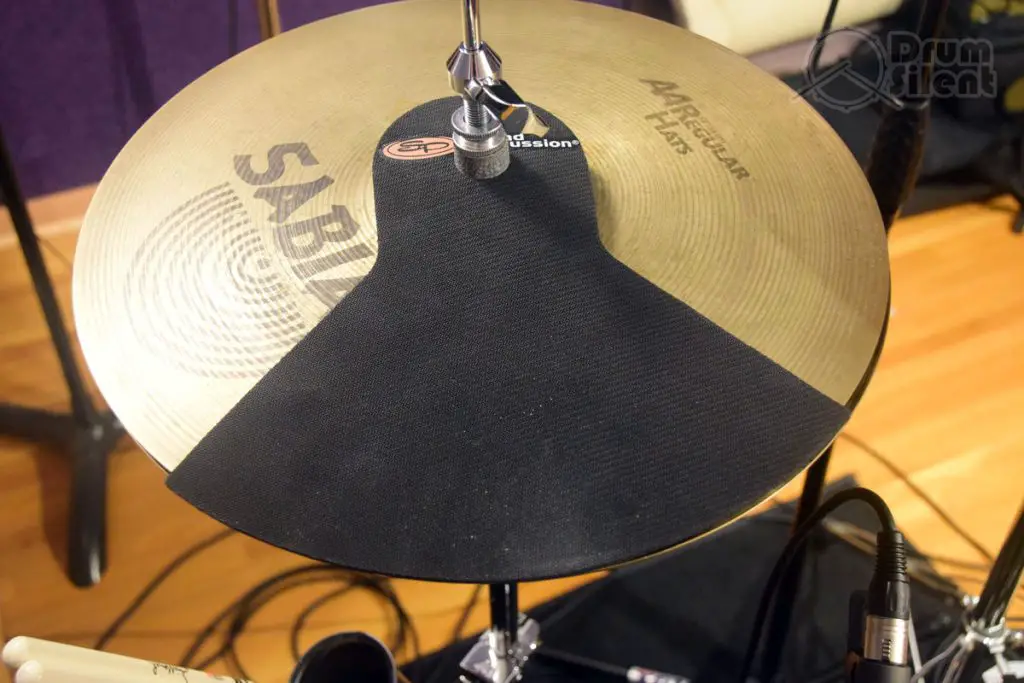
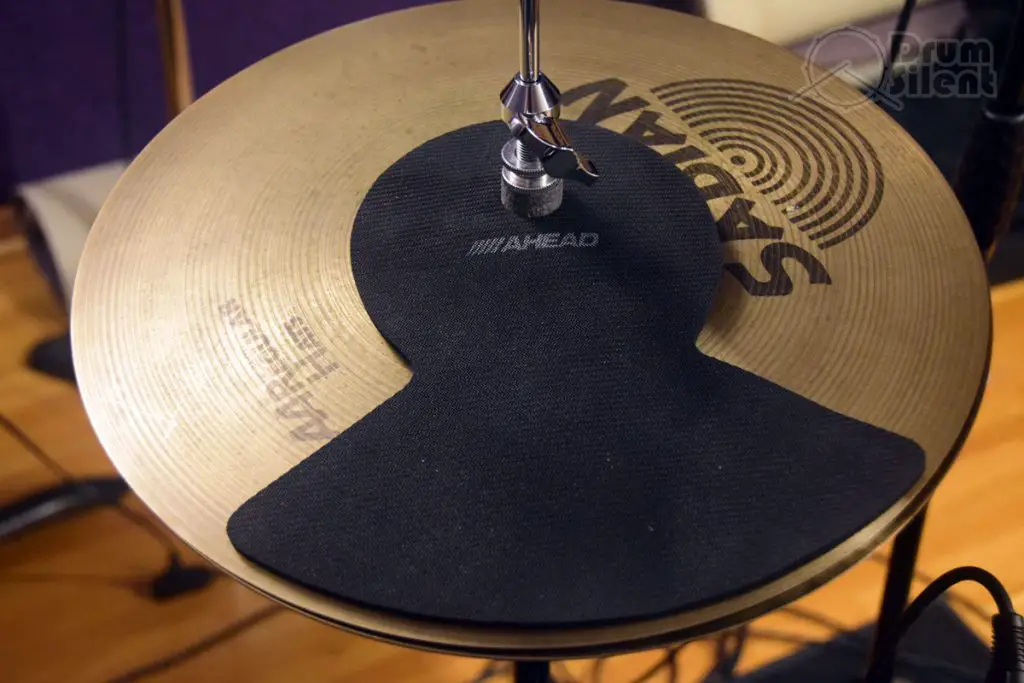
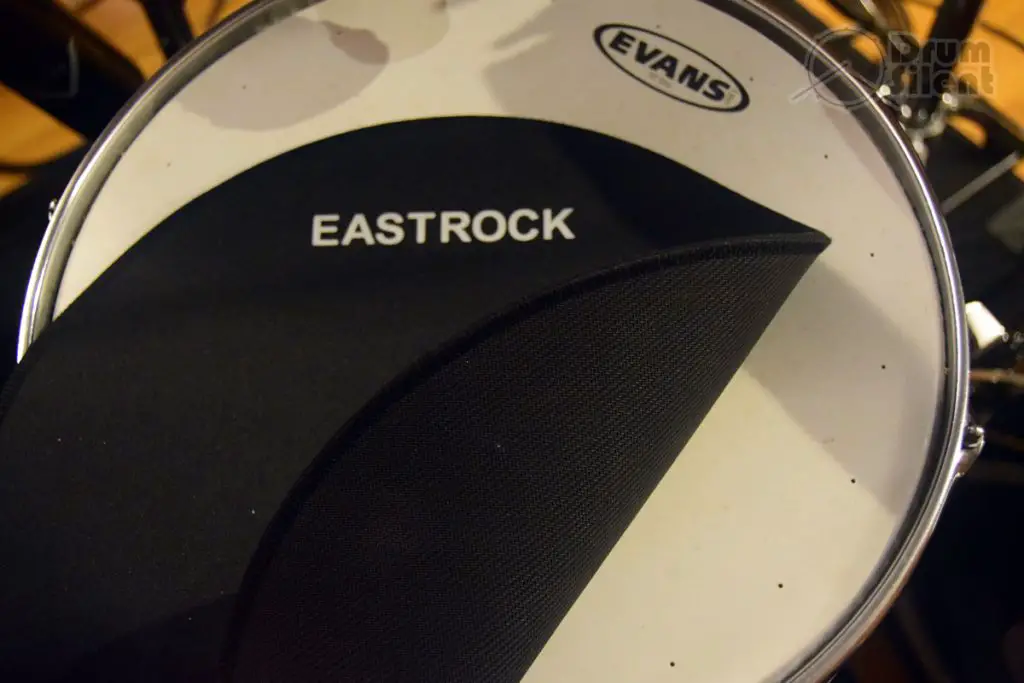
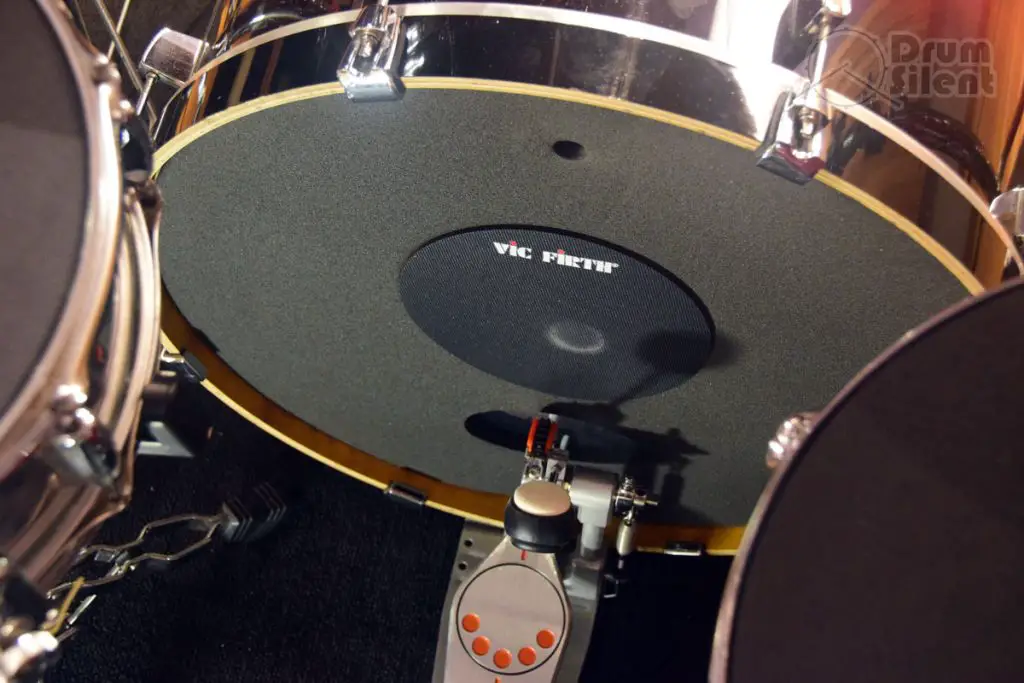
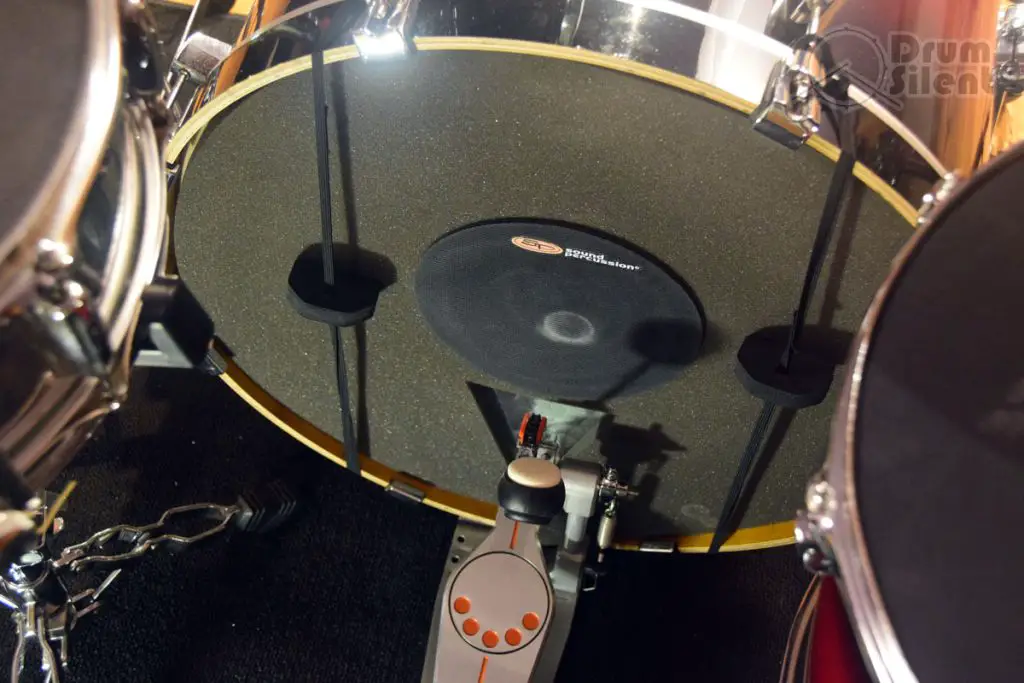
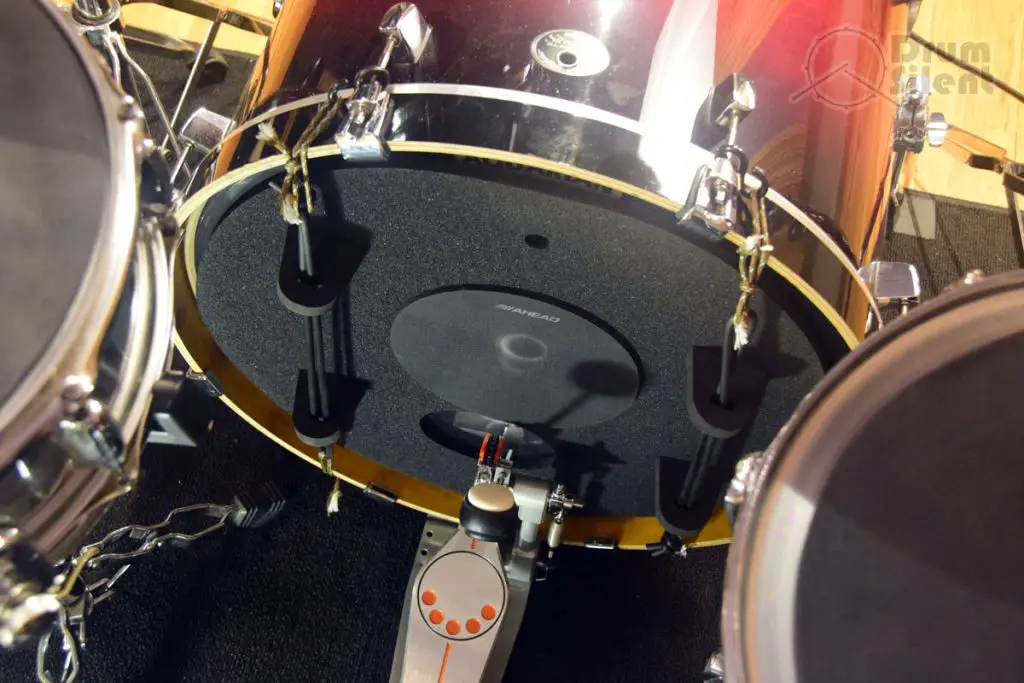
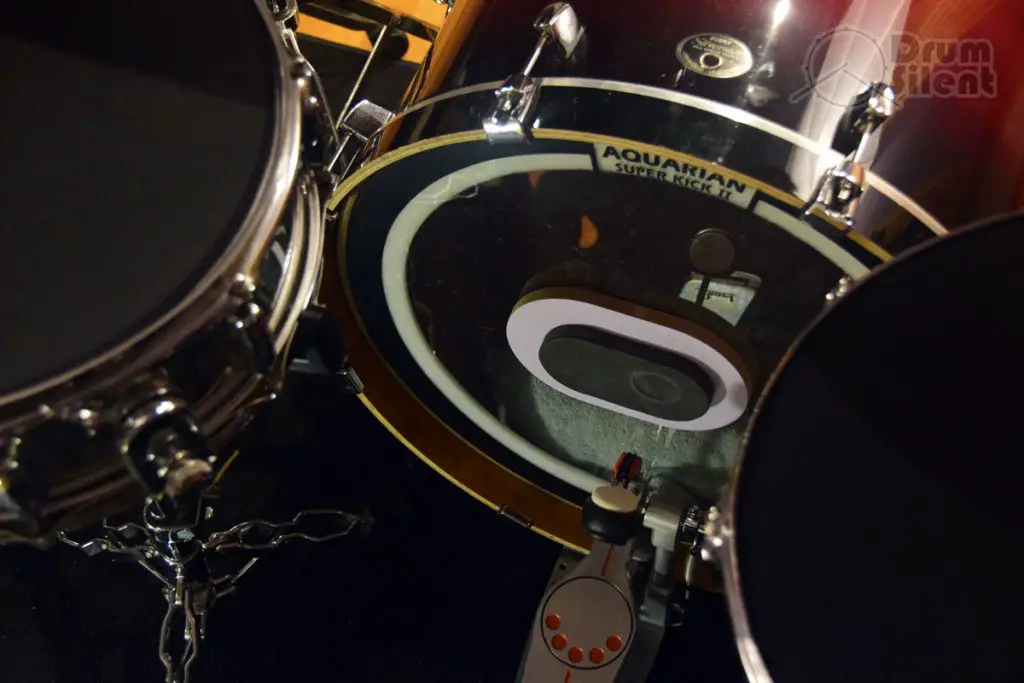
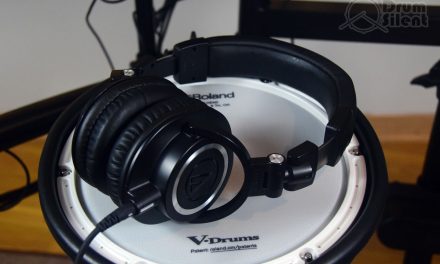
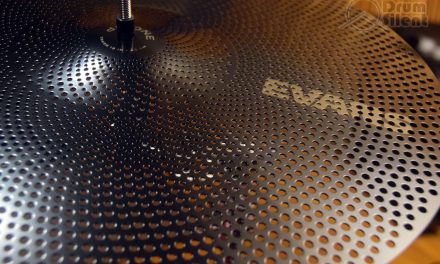

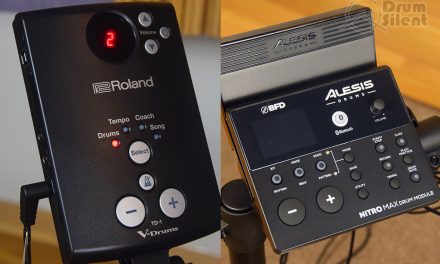
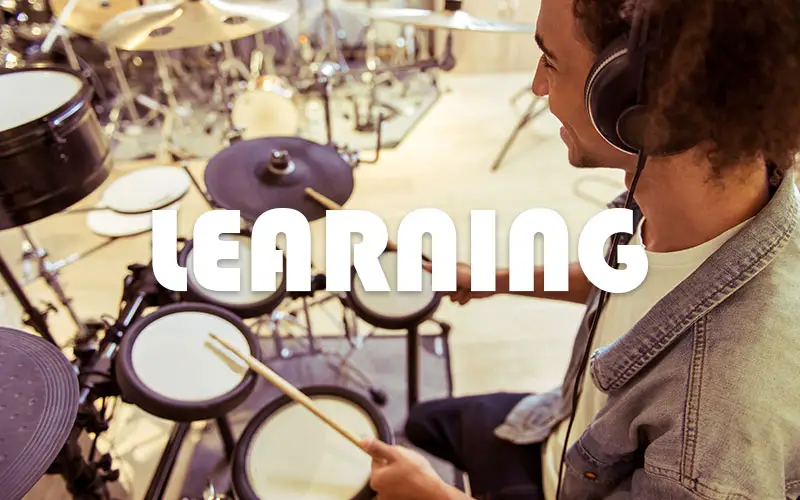
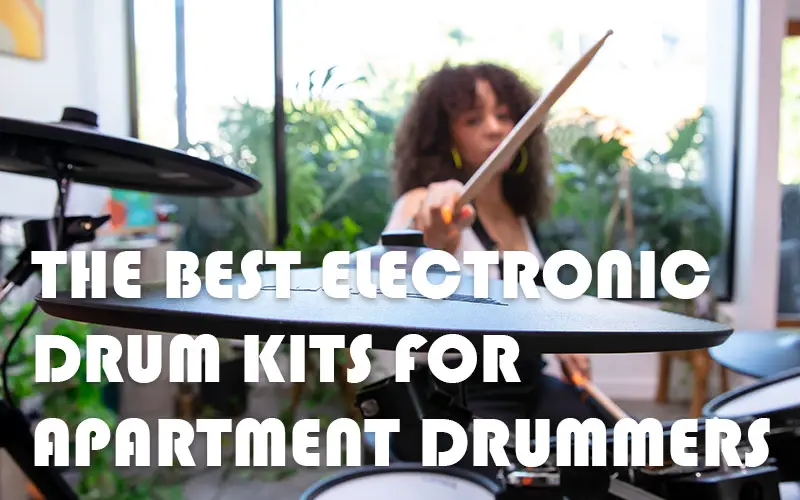
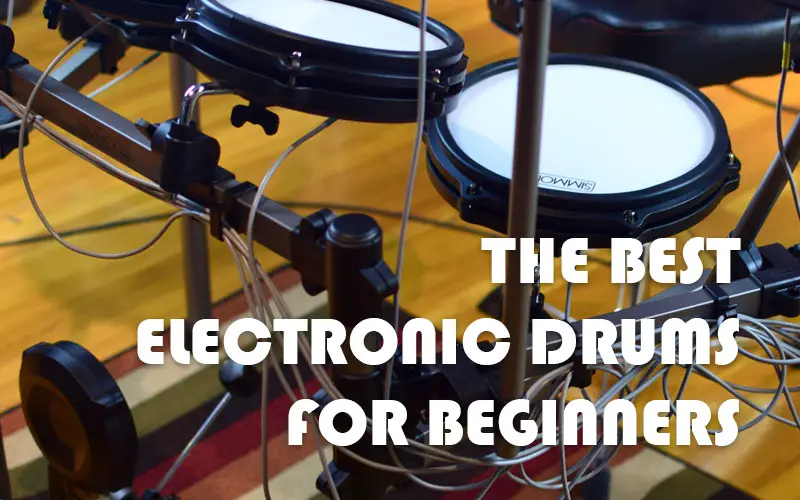

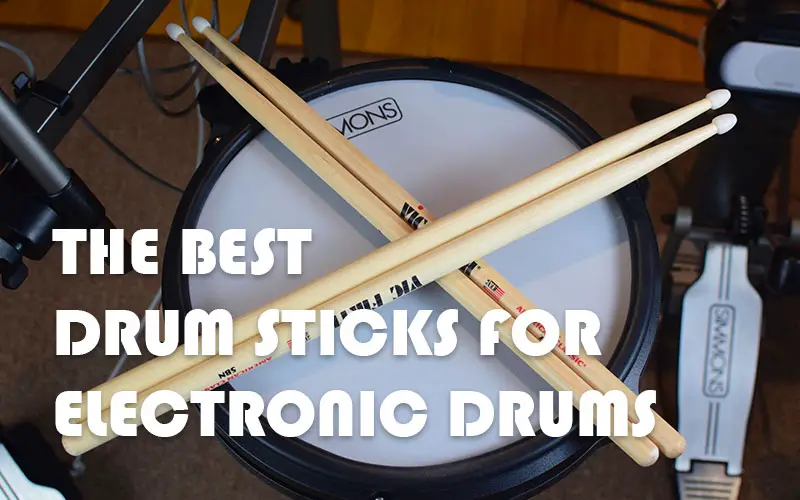


Great drum mute reviews! They’ve been a big help while writing my own review. My review focuses on SoundOff, which just happens to complement your reviews of pretty much every other brand. I included a link to your site at the end.